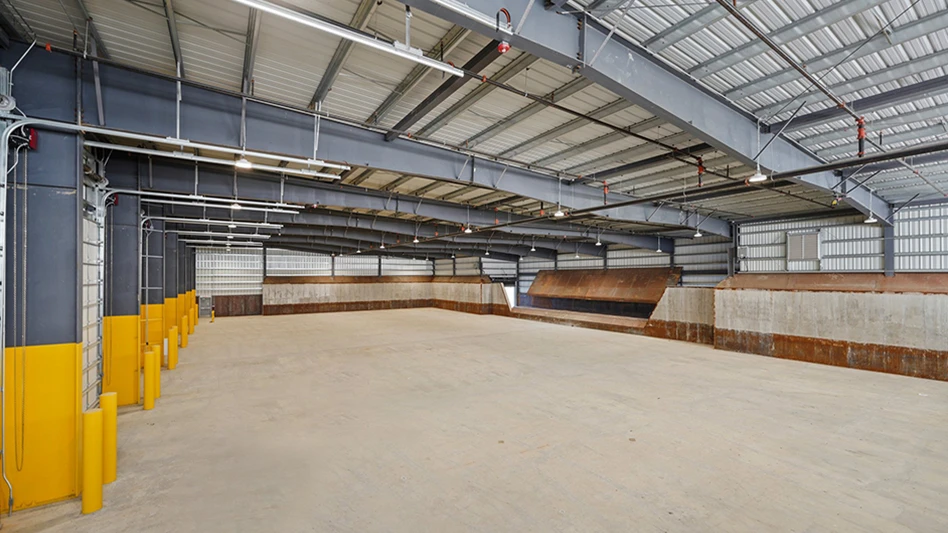
Kristina Blokhin | stock.adobe.com
The U.S. District Court for New Hampshire, the U.S. Environmental Protection Agency (EPA) and the state of New Hampshire have reached a settlement with paper production companies Fort James LLC and Georgia-Pacific Consumer Products LP and demolition company North American Dismantling Corp., for the cleanup of legacy contamination at the former Chlor-Alkali paper mill and chemical facility in Berlin, New Hampshire.
According to a news release from the EPA, the settlement also provides for reimbursement of a share of the past costs incurred by the agency for the site investigation and development of the remedial action plan. Funding for future remediation at the site will be through the settling defendants, and the work will be overseen by the EPA and New Hampshire.
The 41-acre site in Berlin lies on the east bank of the Androscoggin River, bounded to the north by Bridge Street and Sawmill Dam, to the east by Hutchins Street, and to the south by the remainder of the former paper plant, now a biomass energy facility. The site includes a 4.6-acre landfill containing construction debris, capped by a low-permeability membrane and 2 feet of woodchips. The remainder of the site is vacant, with shrubs and successional trees interspersed with wetlands, dirt roads and isolated industrial debris.
From the 1890s to the 1960s, the site was a chemical plant that included chlorine-producing cell houses. The chemical plant used chlorine to make chloroform, carbon tetrachloride and other chlorinated organic compounds. The owners razed most of the chemical plant structures and buried them on the property in the 1960s. In 1999, the owners demolished the last cell house and created the 4.6-acre Cell House Parcel landfill in the area of the former cell houses.
The primary contaminants at the site include mercury, dioxins, furans, polychlorinated biphenyls (PCBs) and semi-volatile organic compounds, which operations in the chemical plant used or generated. In 1999, the New Hampshire Department of Environmental Services (NHDES) discovered mercury in the Androscoggin River directly adjacent to, and along the length of, the 4.6-acre landfill. Despite several removal efforts by the NHDES and EPA, mercury continues to appear in bedrock fractures on the east bank of the Androscoggin River adjacent to the 4.6-acre landfill. The mercury generally hardens into solid metal amalgams, and erosion transports these amalgams further downstream.
The Androscoggin River is designated "catch-and-release" from Berlin downstream to the Maine border. People who disregard this designation and eat fish caught in the river may get exposed to elevated levels of PCBs, mercury and dioxin. Seven rare bird species live or feed close to the Androscoggin River near the site and could be harmed by the contaminants released. These species include the bald eagle, peregrine falcon, common nighthawk, northern harrier, osprey, common loon and cooper's hawk.
"This is a significant milestone for the site and the Berlin community as we continue to recover mercury from the Androscoggin River, maintain the landfill and remove hot spots of soil in the surrounding area," EPA New England Regional Administrator David. W. Cash says.
Latest from Waste Today
- ReMA board to consider changes to residential dual-, single-stream MRF specifications
- Miller Environmental Group Inc. appoints CEO
- DPI acquires Concept Plastics Co.
- Laurel Mountain Capital announces investment in 5280 Waste Solutions
- Cielo investor requests annual meeting
- WIH Resource Group celebrates 20th anniversary
- NWRA: NIOSH cuts a step in the wrong direction
- Valicor Environmental services acquires Affordable Waste Management






